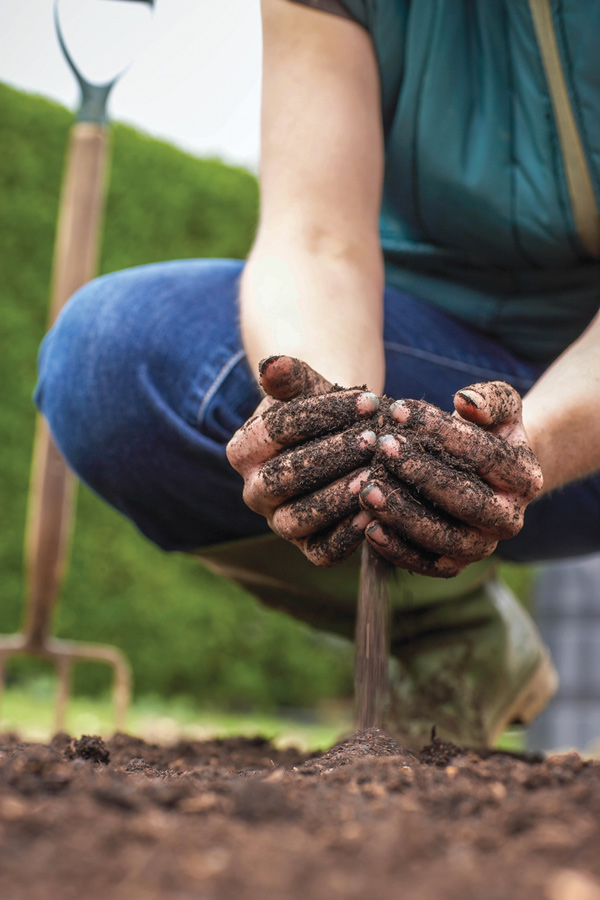Don’t guess, soil test

By BILL SNYDER
OSU Extension Master Gardener Volunteer
Frequently at our Mahoning County Plant and Pest Diagnostic Clinic, we are asked to interpret the results of soil tests.
One of the crucial bits of data is the soil pH. Often, the soil pH result is more alkaline than ideal, with values between 7.0 and 8.0. In many cases, this is the first soil data obtained by some very experienced gardeners. When questioned, they say each year they traditionally add a general fertilizer (for example a 10:10:10) and lime. Lime is also part of their lawn-care regimen.
During our discussions, we find that one of the reasons they tested the soil was recent disappointing results from the family garden. This piece of ground generated large quantities of produce for many years. Grandpa and dad periodically added fertilizer and applied lime each year. Their gardens were the envy of the neighborhood. If the regimen has not changed, why have the results fallen off so dramatically?
We suggest, as a start, to not add lime this season because it will further increase the pH. In fact, we advise the addition of elemental sulfur or peat moss to lower the soil pH to return it to acceptable and recommended levels.
“But grandpa added lime each year. If it worked for him, why doesn’t it work for us?” This is the question we are posed with after interpretation of the soil-test results.
We think there are two main reasons.
First, you can have “too much of a good thing.” Although tradition says to add lime to the soil, lime has now become the problem. Adding more lime without knowing the pH of the soil simply increased the soil pH beyond what is good for plants.
Secondly, we theorize that although you are planting the same garden as grandpa, the garden is now located in an environmentally different Mahoning Valley.
In the early and mid- to late 20th century, the Valley was home to thriving industrial activity, much of which involved burning coal. The sulfur normally present in coal was oxidized, and the sulfur oxides were released into the atmosphere along with other products. When these products were removed during a rainstorm, they acted to acidify the soil. When grandpa added lime each year, it countered the acid from all the industrial activity.
Today, most of that coal-based industrial activity has disappeared. The improvement in air quality can be seen on the trunks of our trees, which are now covered with mosslike vegetation called lichens.
The annual acidification of the soil has slowed and our yearly lime applications now make the soil more alkaline.
We cannot expect traditional Valley gardening procedures of 1960 to produce the same result in 2014.
To learn more about soil sampling and testing, go to: http://go.osu.edu/soiltesting
 43
43

